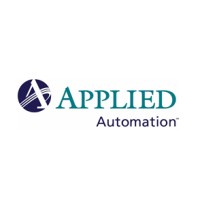
Applied Automation
Applied Automation is a Trusted Partner to our customers focusing on Robotics, Vision, Motion Controls, and IIoT technologies. We are helping customers achieve real results in Industry 4.0, improving production, quality, and unlocking the potential of automation. We have local partnership and national support for our customers. Companies including @OlympusControls @ACS @GibsonEngineering @RRFloody and Automation Inc. have combined to provide local and regional support but together coverage for companies with multiple facilities across the Americas.






